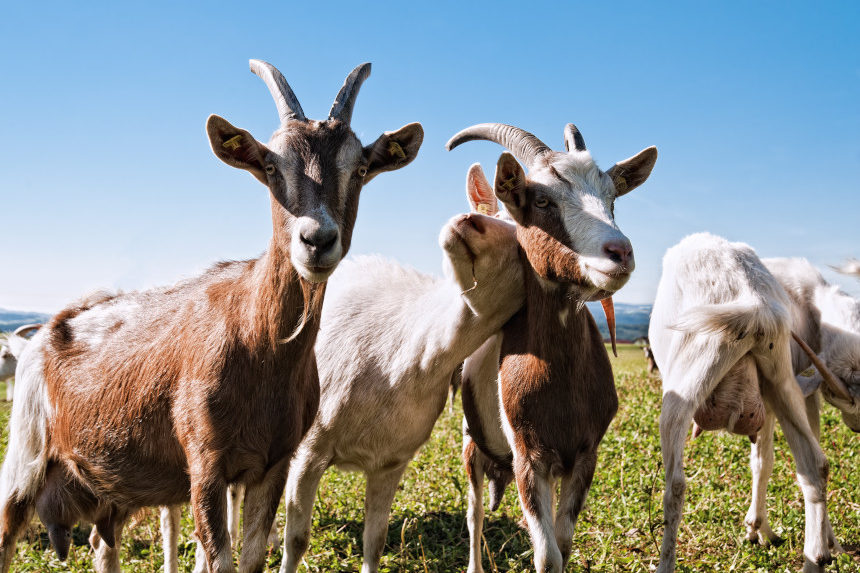Managing editor and logophile Andy Hollandbeck reveals the sometimes surprising roots of common English words and phrases. Remember: Etymology tells us where a word comes from, but not what it means today.
Every day the media brings us word of a fresh new tragedy in the world, a sense of the word tragedy that became common only around 1500. The original tragedy is a term of the theatrical arts that traces back a further millennium to ancient Greece, where a tragoidia was a poem or play that was written and performed in formal language and that had an unhappy ending.
The word was created through a combination of tragos “goat” and oide “song.” A tragedy is literally a “goat song.”
Why a goat? No one knows for sure, but there are a few competing theories, each of which is an interesting story in itself.
One story involves a writer and actor named Thespis. Early drama, at its most basic, was a public recitation of a poem. But as the art form was evolving in ancient Greece, at one point it involved one member of the chorus being singled out to recite various prepared speeches in alternation with the rest of the chorus. This concept was either developed by Thespis, or his performances were simply more memorable.
Regardless, Thespis won an award in 534 B.C. for his performances. His prize? A goat. The word tragoidia may have developed from dramatic competitions that awarded a goat to the winner.
(Thespis’s name lives on today in the word thespian, another word for “actor” or an adjective meaning “dramatic.”)
Another possibility, though less likely, is that the word developed from association with the sacrifice of goats in early Greek religious rituals. Such rites certainly ended badly for the goat, and you can imagine the impressions that might have been left behind from hearing the last bleatings of the sacrificial animal — the goat’s final song.
A third possibility comes from a literal interpretation of Aristotle’s Poetics. He wrote that Greek tragedies developed from the performance of hymns to the god Dionysus, or Bacchus, who was the god of wine and wine-making as well as festivity and the theater. During these hymns, Aristotle wrote, members of the chorus would dress as satyrs. In the later Roman representations (and thus more commonly recognized in modern times), satyrs are depicted as woodland creatures with the body of a human but the legs and horns of a goat. Thus the songs of the chorus could be the “goat song” that led to tragedy.
Though Aristotle’s explanation is widely known, it isn’t widely accepted. In ancient Greek mythology — before it was adopted into and altered by Roman culture — satyrs were usually depicted as having attributes of horses, not goats.
This doesn’t mean we can totally dismiss the explanation, however. These chorus costumes could have been made from the skins of goats but intended to represent horses, which would have been on the whole more expensive and more useful to society, and thus less likely to be sacrificed for the good of the theater. Thus tragedy could have developed from what chorus members actually wore instead of what their costumes were supposed to represent.
Unless new historical evidence is uncovered, we may never know the true history of this word. What a tragedy.
Featured image: Dieter Hawlan / Shutterstock
Become a Saturday Evening Post member and enjoy unlimited access. Subscribe now




Comments
Anyone one who has ever owned (or listened to) nubian goats knows exactly why “goat song” would be associated with tragedy. The wailing woman losing her scarf during the Masterpiece Theater Intro is making very nubian-esque moans.